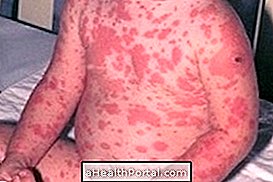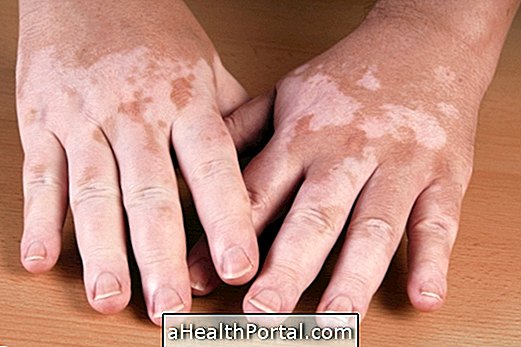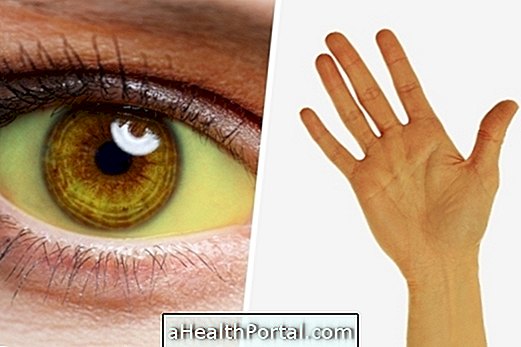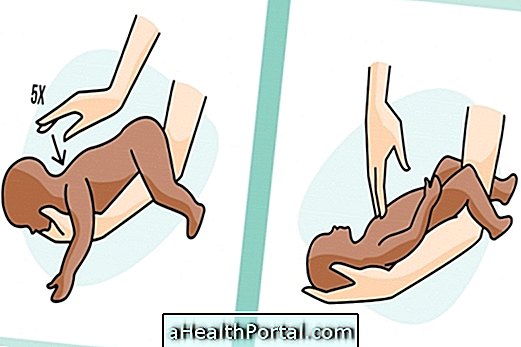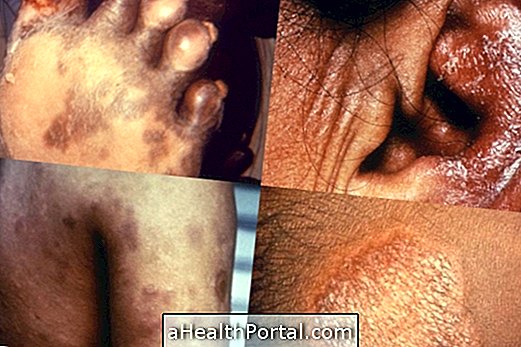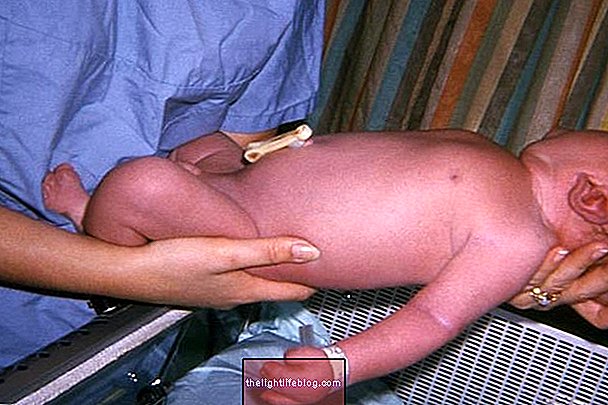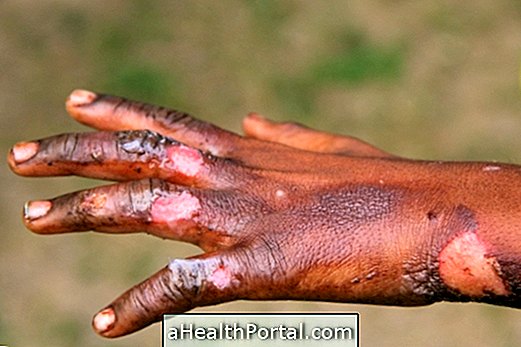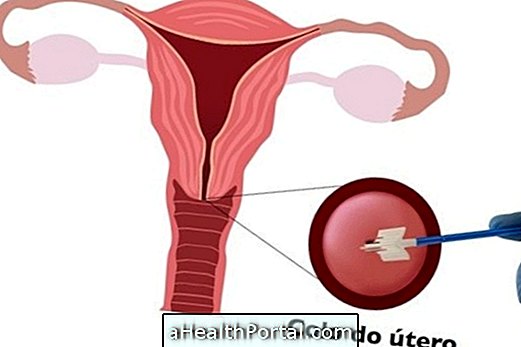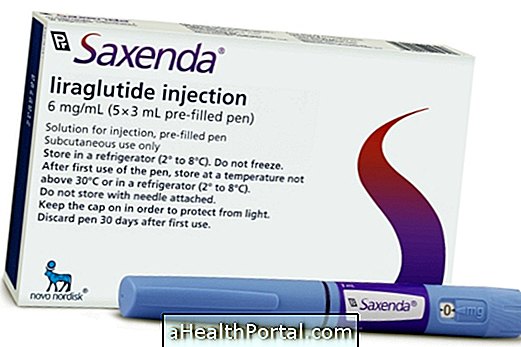Infectious cellulitis, also known as bacterial cellulitis, happens when bacteria can enter the skin, infecting the deeper layers and causing symptoms such as intense redness, pain and swelling.
Unlike popular cellulite, which is actually called geloid fibroedema, infectious cellulitis can cause serious complications such as septicemia, which is the general infection of the body, or even death, if not properly treated.
This way, whenever there is a suspicion of a skin infection, it is very important to go to the emergency room to make the diagnosis and start the appropriate treatment, which is usually done with the use of antibiotics.
Pictures of infectious cellulitis
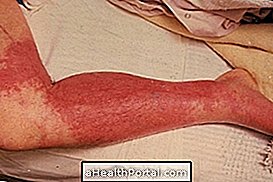

Main symptoms
Some of the symptoms that help identify a case of infectious cellulitis include:
- Severe redness on the skin;
- Swelling and pain in the skin;
- Very hot skin;
- Fever above 38ºC.
These symptoms can also be a sign of other types of skin infection, especially erysipelas, which is a disease that affects the most superficial layers of the skin. Thus, you should consult a dermatologist to find out the correct cause, in order to start the best treatment.
Learn more about how to identify infectious cellulitis and how to distinguish it from erysipelas.
Possible causes
Infectious cellulitis occurs when Staphylococcus or Streptococcus bacteria can penetrate the skin. Therefore, this type of infection is more common in people with surgical wounds or cuts and stings that have not been properly treated.
In addition, people with skin problems that can cause cuts, such as eczema, dermatitis or ringworm, are also at increased risk of developing a case of infectious cellulitis, as well as people with weakened immune systems or diabetes, for example.
Is infectious cellulitis contagious?
In healthy people, infectious cellulitis is not contagious, as it does not easily get from one person to another. However, if someone has a wound or skin disease, such as dermatitis, for example, and comes into direct contact with the site affected by cellulitis, there is a higher risk of the bacteria penetrating the skin and causing infectious cellulitis.
How to confirm the diagnosis
In most cases, infectious cellulitis is identified by the dermatologist only through observation of the symptoms, but in some cases the doctor may also request a blood test or a laboratory evaluation of an affected piece of skin to confirm the type of bacteria and prescribe the most appropriate antibiotic.
How is the treatment done?
Treatment for infectious cellulitis is usually started with the use of oral antibiotics such as Amoxicillin or Cephalexin for 10 to 21 days. During this time it is advised to take all the tablets at the time indicated by the dermatologist, as well as observe the evolution of the redness in the skin. If redness increases or another symptom worsens, it is very important to return to the hospital, as the prescribed antibiotic may not be having the expected effect, needing to be changed.
In addition, your doctor may prescribe analgesics, such as Paracetamol or Dipirone, to relieve symptoms during treatment.
Symptoms usually get better within 10 days of the start of antibiotics but if the symptoms worsen it may be necessary to change the antibiotic or stay in the hospital to do the treatment directly into the vein and prevent the infection from spreading throughout the body.
Understand better how the treatment is done and what signs of improvement are.


